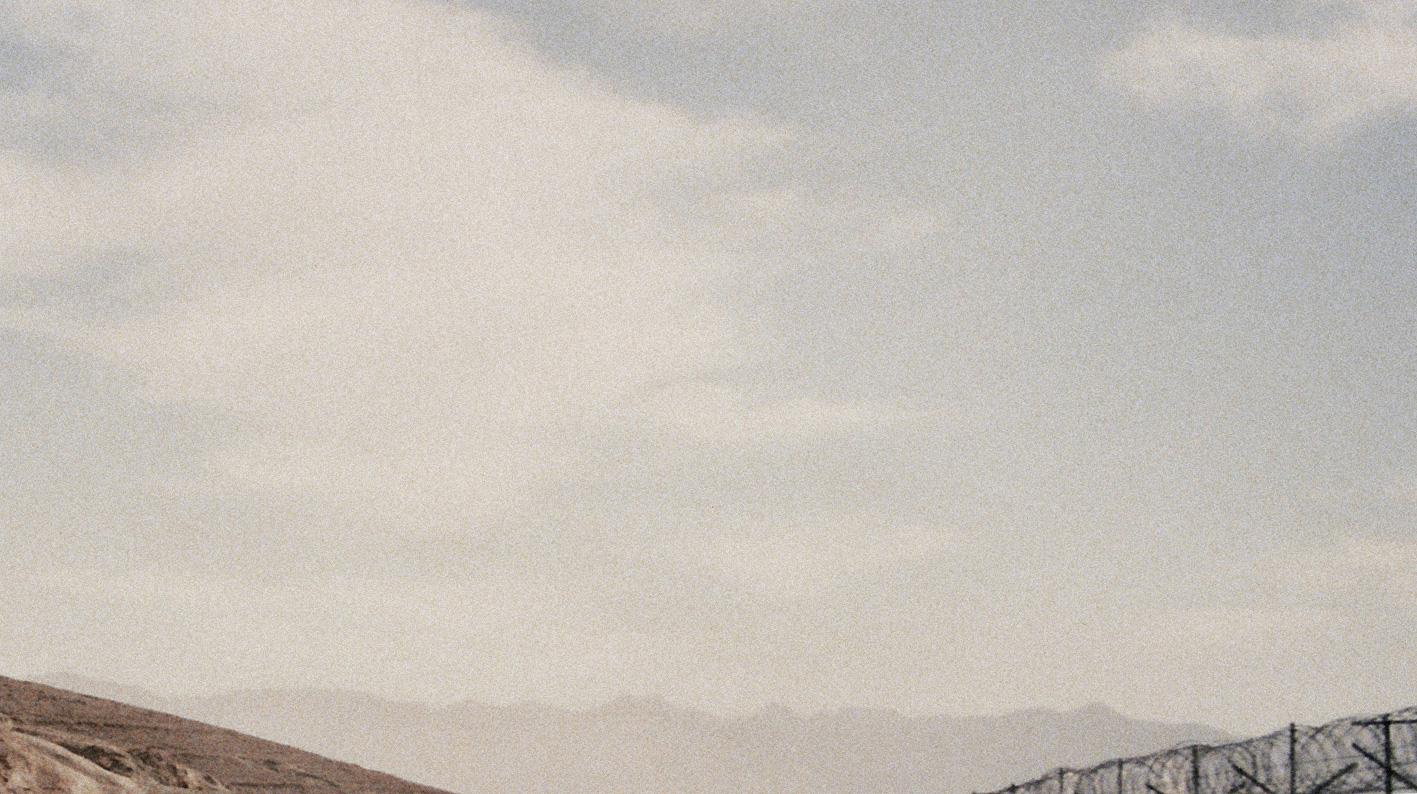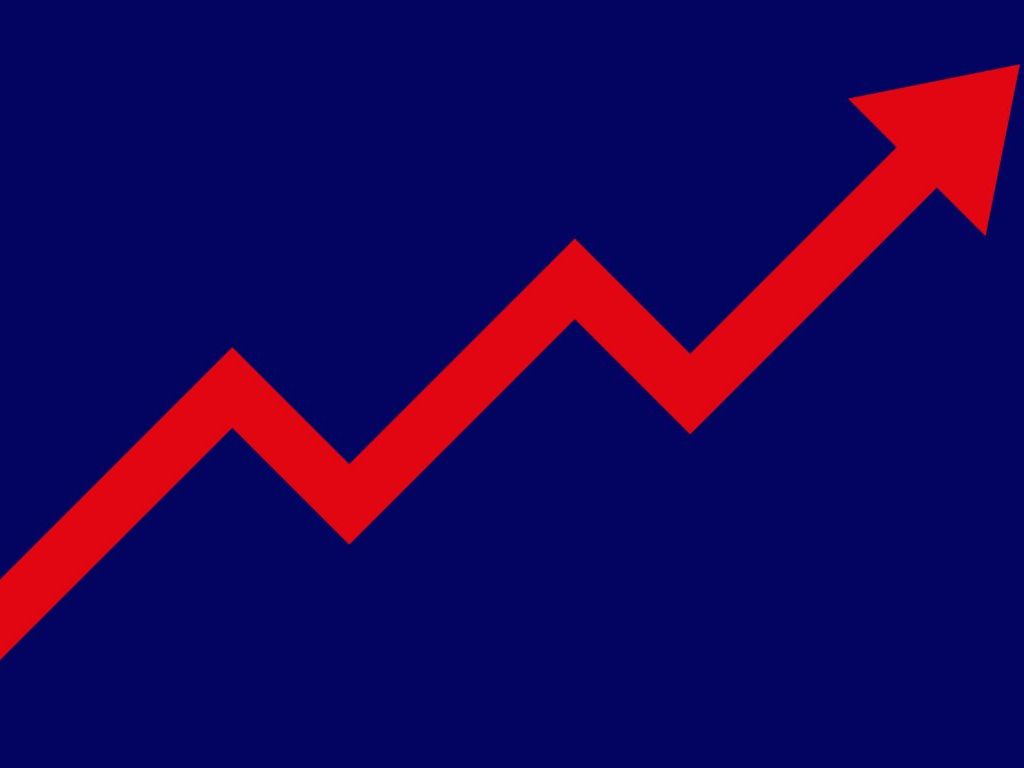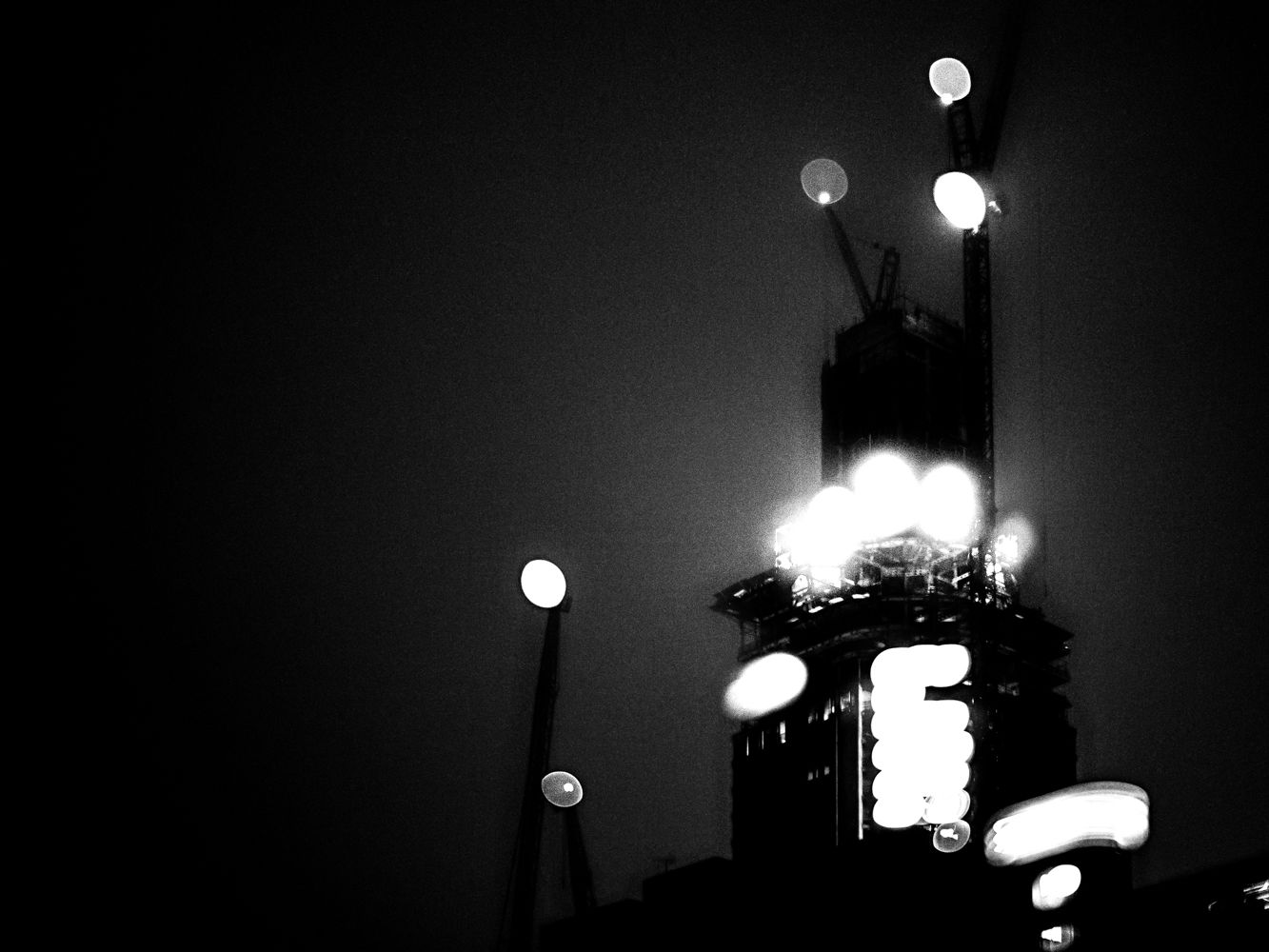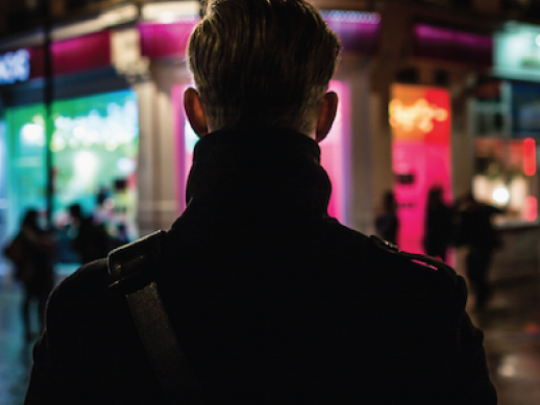Dead bodies are strewn throughout this exhibition.
They cannot be seen but their presence is heavily felt. For multiple reasons, some of which the work created for Visible Justice seeks to address, an uneasy feeling prevails: we are living in a time of emergency. The definition of emergency is ‘an unforeseen occurrence requiring immediate attention’ and derives from the Latin emergens – ‘rising up’. It is striking that the critical issues at stake locally and globally – climate change, knife crime, human rights abuses, safe migration, to name a few – are not, in fact, unforeseen at all. They are the direct consequence of political decisions and ‘legal’ or at least legalised actions that shape our world and culminate in fatal inequalities.
In inviting NGOs and artists to enter into a collaborative partnership over 10 weeks of the spring term 2019 with postgraduate students in the Media School at London College of Communication, we wanted to try to expand the discourse around themes and subjects that we believe are among the most pressing on the planet. By drawing on aesthetic and creative strategies, the ambition is that the multi-media projects created for this mass act of collaboration will do more than raise awareness. It is our hope that with this form of creative uprising, we can help effect change – in understanding, in policy and in law.
We worked with two campaigning NGOs, Reprieve and PlanB, whose remits are very specifically to engender legal and political shifts in their respective subject areas.
Reprieve, founded in 1999 as a result of a collaboration between filmmaker, Paul Hamann, and lawyer, Clive Stafford Smith, supplied a brief with two strategic aims, for which they sought creative responses. As part of their initiative to abolish the death penalty worldwide, they wanted students to focus on the misuse of medicine in lethal injection executions, which is opposed by many of the drug companies themselves. Students working on the Black Box project employ strategies of redaction to point to the secrecy that shrouds botched executions, which cause prolonged, excruciating suffering to the person being put to death. The group also use the testimony of a media witness at the execution of Clayton Lockett in Oklahoma, 29 April 2014, which can be heard only by stepping into a black box in the gallery space, constructed to the exact dimensions of an American death row cell.
For the works in Covert Feathers, students found their creative inspiration from a particular use of language found in the Intelligence and Security Committee Report of 27 June 2018 into Detainee Mistreatment and Rendition. The report focuses on British complicity in torture and rendition during the so-called War on Terror. In the report, detainees’ names and geographic locations ‘have been substituted by our own code words in order to protect classified information.’ In an act of metamorphosis worthy of Kafka, detainees become ‘Chiffchaff’, ‘Cormorant’ and ‘Cuckoo’, and 23 other British birds. The ISC’s impressive ornithological knowledge has been mined by students to create visuals of birds alongside the faces of former detainees, a giant map of migration/rendition routes, and a soundtrack of birdsong to greet exhibition visitors.
Sharing the Upper Gallery space are works by David Birkin, including Midnight Blue, and My Shadow’s Reflection by Edmund Clark. These works each focus on treatment of prisoners. The Prussian blue of Birkin’s cyanotypes is a chemical by-product of hydrogen cyanide, or prussic acid, a type of poison gas used on Death Row in the United States for many years, traces of which were also found at Nazi death camp Majdanek. Clark’s pin-hole camera portraits, projected onto prison issue bed sheets, point towards a rare example of restorative justice within the experience of incarceration, and is made in participation with men from HMP Grendon, Europe’s only therapeutic prison.
PlanB is a climate litigation charity, which mobilises to hold power to account for climate change and the destruction it wreaks. The brief for students requested the creation of materials for a forthcoming Show Trial, to be staged at Tate Modern in July 2019, but set in a future – 2030 – where the consequences of climate change are incontrovertible and irreversible. The students’ work, All Rise: We Have 11 Years, utilises the structure of three inter-connected rooms to take the exhibition visitor on an immersive journey, becoming ever better informed. They walk through a regular living room and the office of a fossil fuel executive, until they occupy the position of a jurist, in a deliberation room. The experience foregrounds individual responsibility and corporate accountability in interesting ways. A fly-postered wall in the exhibition space gives a nod to the necessity of guerilla politics in times of crisis.
The Well Gallery takes a spectral turn for Visible Justice. Visitors will witness The Layered Cemetery of Douma, created by Abd Doumany, the Artist Protection Fund Fellow in Residence at LCC, who arrived in London from Syria, via Turkey in September 2018. Doumany was training to be a dentist when war broke out, and, as friends and family died and disappeared around him, especially during the Siege of Douma, he documented the horrific human rights abuses of the Syrian regime with a camera. The resulting images garnered many prizes, including two World Press Photo awards, yet for Doumany, it is the experience that matters, not the photograph. His powerful installation transforms the gallery space into one of reflection and remembrance, as the names of Douma’s dead, handwritten in their thousands by Doumany, are projected onto a silken fabric more usually used to shroud corpses. The installation marks Doumany’s first exhibition in the UK.
Other work in this gallery connects deeply to the subject of migration, which often reveals the most emotive human stories, yet often appears in the news in fragments, as though there were no connection between people fleeing war, terror and persecution, the precariousness of their often fatal passage, and the eventual arrival, for some, on the shores of ‘safe’ countries. Corinne Silva’s film, Wandering Abroad, tells the harrowing story of David Oluwale, a Nigerian migrant, whose body was found in the River Aire in 1969, after being hounded by police. Nathaniel White’s photographic installation, Routes, finds ways to visualise the scale of the tragedy of migrant deaths in the Mediterranean, in macro and micro focus. In the same space, Refugee Journalism, an organisation initiated by LCC journalism lecturer Vivienne Francis in 2016, became the third collaborative partner for Visible Justice. Refugee Journalism takes significant steps to work with displaced or exiled media professionals – journalists, editors, producers – in rebuilding their careers in the UK. The student group worked with refugees who are taking part in the initiative. Two works, Routed, a series of short films, and Anonymous, challenge the perception of refugees as a drain on society, and instead acknowledge their vivid contributions and expertise, as well as their energy and humour. Suspicious is a deliberately unsettling performance piece, which will briefly subject the exhibition visitor to the same scrutiny as a refugee.
The two other collaborative partnerships in the exhibition are with artists, who undertook an advisory and facilitating role, which in practice meant that the theme or subject of the work was wide open, and for the students to decide. David Blandy and Larry Achiampong have a deserved reputation for engaging non-traditional art audiences via their use of gaming aesthetics and technologies, specifically that of Grand Theft Auto. Their film FF Gaiden: Delete, on the experience of paperless migrants, features in Visible Justice. Slowly, the small student group decided on a number of issues they wished to research: surveillance in China and the UK, the experience of migration and the power of the algorithm. Once this was decided, the self-devised role of the student group was to create a script for two Chinese characters who appear to fall in love online, yet in fact, their burgeoning romance is being controlled by algorithms, which dictate the parameters of their lives. The rhythmic voice of the AI character in Gateway: Tide of Algorithms lulls the viewer into a dystopian landscape of avatars, social credit ranking and artificial intelligence, as the consequences of invasive surveillance become apparent as a kind of silent violence.
Poulomi Basu, LCC alumna, is known for her use of immersive technologies and VR, as well as making work on the subject of social justice. Her recent work Blood Speaks, which will be screened in the exhibition, situates the viewer – via VR - in huts where rural Nepalese girls are banished during menstruation, and often subjected to violence. The work and its reception contributed to a change in law in Nepal, making this practice illegal. At first, this group considered working on the subject of global sexual violence, but a close vote cemented the decision to focus on knife crime in London, and its counter-narratives. Collaborating with Leyton Sixth Form College, InHouse Records and BikesUpKnivesDown, as well as accompanying Metropolitan Police to locations where knives are hidden in South London, the students have edited these connected stories into one immersive film experience. The crackling energy of Young Blood repositions the discourse from one of fear to one of hope and change, while acknowledging the underlying issues of systemic racism, inequality and swingeing funding cuts.
As is evident, a proliferation of creative work has surged forth from this experience of collaboration onto the walls and floors of the college galleries, and, we hope, far beyond. Common to each process was the experience of entering into the unknown. In a creative process, this sense of being utterly lost, while unsettling, becomes the very wellspring of creativity, and can be a route to new forms of knowledge. In other spheres of life, being lost is a terrorising experience. Whether in transit as a refugee in the hands of traffickers on rough seas, bewildered by being plucked from the street as a suspected terrorist, and subjected to ‘extraordinary rendition’ (more commonly known as kidnap) and torture, or being on either side of the blade of a knife that has suddenly entered flesh and changed lives – of victim and perpetrator – forever … such experiences of dislocation and disorientation are profound and their effects long-lasting.
The lack of political will to properly address the issues raised by the works in this exhibition suggests that certain bodies are disposable, usually those that are brown-skinned, and whose economic circumstance is one of deprivation. Following the thought of Jasbir K Puar, the question arises of whose bodies are available for injury, torture or state-sponsored murder. Additionally, if climate change is permitted to continue unabated, many thousands more bodies will find themselves on the front lines, which will appear as fissures all over the earth. In this era of mass surveillance, when almost every human action and interaction can be predicted, there are nonetheless political and cultural blindspots at every turn.
During the course of the exhibition, and thereafter, we will be hosting a series of talks and events in which we can collectively utilise the gift of foresight, and rise up to the challenges that are everywhere visible. Please join us.
Words by Max Houghton, Visible Justice co-curator and Course Leader for MA Photojournalism and Documentary Photography.
Visible Justice will take place at London College of Communication from Wednesday 17 April to Friday 3 May 2019, and is free and open to all.
- Find out about London College of Communication's Media School
- Explore events at London College of Communication
- Follow LCC on Instagram to see behind-the-scenes at the College





